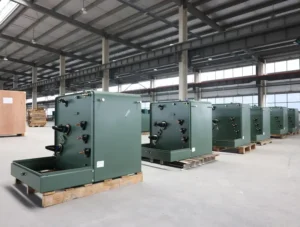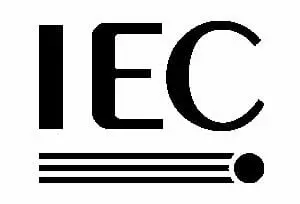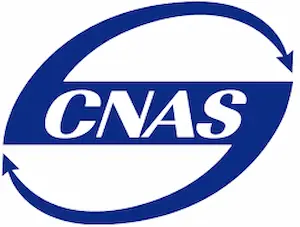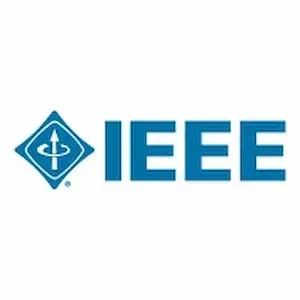How does a Distribution Transformer Work?

Distribution transformers are governed by different standards depending on the region, and these standards establish technical requirements and operational guidelines for safe, efficient, and reliable transformer performance. Key organizations, such as IEEE/ANSI in the U.S., CSA in Canada, AS/NZS in Australia and New Zealand, and IEC/EN in Europe, dictate how these transformers must be designed, tested, and maintained. These standards cover everything from voltage regulation to environmental impacts, ensuring transformers meet local energy demands and regulatory requirements.
Key Takeaways
- Distribution transformer standards vary by region, with key organizations such as IEEE/ANSI in the U.S., CSA in Canada, AS/NZS in Australia/New Zealand, and IEC/EN in Europe setting guidelines for construction, performance, and energy efficiency.
- IEEE/ANSI standards in the U.S. focus on safety and energy conservation, particularly through DOE regulations for minimum efficiency.
- CSA standards in Canada emphasize energy performance and resilience to harsh environmental conditions.
- AS/NZS standards in Australia and New Zealand adapt international IEC guidelines to meet local climate and grid requirements, ensuring transformers suit the region’s energy demands.
- IEC/EN standards in Europe prioritize eco-design and energy efficiency, aligning with the EU’s sustainability goals.
- Each standard, like Dostoevsky’s moral choices, reflects a balance between efficiency, safety, and environmental considerations.
Skid Mounted Transformer(Small-substastion Transformer)
Single Phase Pole Mounted Transformer
Oil Immersed Power Transformer
Table of Content
Distribution Transformer Standards in the United States
The U.S. follows the IEEE/ANSI standards (Institute of Electrical and Electronics Engineers and American National Standards Institute), which provide comprehensive guidelines for the construction, testing, and performance of distribution transformers. A key document is IEEE C57.12.00, which outlines the general requirements for liquid-immersed distribution transformers. It specifies performance criteria for factors such as insulation, temperature limits, and short-circuit withstand capabilities. In addition, the DOE (Department of Energy) has regulations focusing on energy efficiency, notably 10 CFR Part 431, which mandates minimum efficiency standards for distribution transformers.
These standards ensure that transformers meet the necessary operational needs in terms of safety, energy conservation, and reliability, particularly in urban and industrial power grids where high-performance transformers are required.
Get it now: What is a pad-mounted transformer?
Distribution Transformer Standards in Canada
In Canada, the main governing body is the Canadian Standards Association (CSA), which enforces transformer standards, particularly under CSA C802.3-13 for energy-efficient distribution transformers. This standard is designed to improve energy performance by setting specific efficiency thresholds that transformers must meet. It emphasizes minimizing energy losses during operation, aligning with environmental sustainability initiatives.
The CSA also mandates stringent testing and inspection protocols to ensure transformers perform optimally in varying environmental conditions, especially considering Canada’s diverse and often harsh climate. This makes CSA standards especially robust in addressing cold-weather reliability and resilience.
Get it now: Distribution Transformer Standards in Canada

Distribution Transformer Standards in Australia and New Zealand
For Australia and New Zealand, AS/NZS 60076 governs the standards for distribution transformers, which are based on the IEC 60076 standards but are adapted to meet local energy needs and regulatory frameworks. A key aspect of these standards is their focus on environmental performance, including oil-immersed transformers’ insulation and cooling systems.
Another important standard is AS/NZS 2374, which sets guidelines for efficiency and safe operation, specifically for the Pacific region’s distribution transformers. This ensures transformers are tailored to local energy consumption patterns, taking into account the unique demands of Australia and New Zealand’s energy grids, which include remote and rural areas.
Distribution Transformer Standards in Europe
European distribution transformers adhere to IEC (International Electrotechnical Commission) standards, particularly IEC 60076, which outlines the construction, performance, and testing of transformers. In addition to IEC standards, the EN (European Norm) standards, such as EN 50588-1, apply to distribution transformers and focus on eco-design and efficiency, aligning with the European Union’s energy efficiency regulations. These standards emphasize reducing environmental impact, improving the energy performance of distribution transformers across the continent.
The IEC standards, widely used globally, provide a framework for harmonizing transformer design and operation across different countries. However, European countries also implement additional regulations to meet local environmental and efficiency targets under the Ecodesign Directive.
Get it now: Distribution Transformer Standards in Europe
IEEE/ANSI Standards for Distribution Transformers
- IEEE C57.12.00: General requirements for liquid-immersed distribution transformers.
- ANSI C57.12.20: Pad-mounted, compartmental-type transformers.
- DOE 10 CFR Part 431: Energy conservation standards for distribution transformers.
These standards dictate everything from temperature rise limits to short-circuit performance, ensuring safe and reliable operation within the U.S. power grid.
CSA Standards for Distribution Transformers
- CSA C802.3-13: Minimum efficiency standards for distribution transformers.
This standard focuses heavily on energy conservation, in line with Canada’s environmental policies.
AS/NZS Standards for Distribution Transformers
- AS/NZS 60076: Incorporates IEC standards with modifications for local conditions.
- AS/NZS 2374: Provides guidelines for energy efficiency in transformers, focusing on minimizing losses.
These standards ensure transformers are suited to the specific climatic and grid demands of Australia and New Zealand.
IEC/EN Standards for Distribution Transformers
- IEC 60076: Comprehensive standards for the construction and testing of transformers.
- EN 50588-1: Focuses on energy efficiency and environmental impact.
European standards emphasize eco-friendly design and operational efficiency, aligning with the EU’s stringent energy policies.
Get it now: What is a Skid Mounted Transformer?











